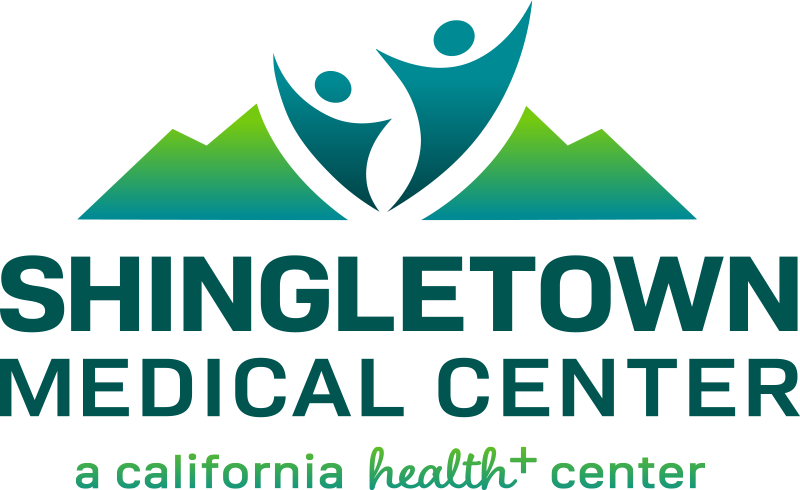March is National Nutrition Month®
During the month of March the Shingletown Medical Center will be sharing information regarding National Nutrition Month®, which is when the Academy of Nutrition and Dietetics reminds everyone to return to the basics of healthy eating. During National Nutrition Month®, the Academy encourages everyone to "Put Your Best Fork Forward" by making small, healthy shifts in food choices and one way is to watch your salt intake.
Eating Right with Less Salt
Most Americans are getting too much sodium from the foods they eat. And, the sodium in salt plays a role in high blood pressure, which is also known as hypertension. The 2015-2020 Dietary Guidelines for Americans recommends that adults and children ages 14 years and older reduce their sodium intake to less than 2,300 milligrams a day. Adults with prehypertension and hypertension are encouraged to reduce their intake further to 1,500 mg per day, since that can help to reduce blood pressure. Here are a few ways you can eat right with less salt.
Focus on fresh foods
Many foods in their original form, such as fruits, vegetables, fresh meats, poultry, fish, dry beans, eggs, milk, yogurt and grains like rice are naturally low in sodium. Include these foods more often in meals and snacks.
Eat processed and prepared foods less often
Highly processed and ready-to-eat foods tend to be higher in sodium. Eat these foods only occasionally or in smaller amounts – especially cheesy foods, such as pizza; cured meats such as bacon, sausage, hot dogs and deli or luncheon meats; and ready-to eat foods, like canned chili, soups and "instant" flavored noodles and rice.
Cook more often at home
Enjoy home-prepared foods where you are in control of how much salt is added. Use little or no salt when cooking. Even if package instructions say to add salt to the water before boiling, it isn’t required and can be omitted. When using canned vegetables with salt added, be sure to drain and rinse the vegetables to reduce the amount of salt.
Try new flavors
Skip the salt and try salt-free seasonings such as herbs, spices, garlic, vinegar, black pepper or lemon juice. Make your own salt-free seasonings by combining herbs and spices.
Read food labels
Read the Nutrition Facts label and the ingredients list to find packaged and canned foods lower in sodium. Compare the amount of sodium listed and select the product with the lower amount. Look for foods labeled “low sodium,” “reduced sodium,” or “no salt added.”
Allow your taste buds to adjust
Like any change, it can take time for your taste buds to adapt to less salt. Foods lower in sodium may taste differently at first, but over time it’s possible to acquire a taste for foods with less salt.
For more information please visit: http://www.eatright.org/
Shingletown Medical Center Board Members and Staff wish you a “Healthy” and “Happy” March!
